Dutayeon Valley [National Geopark] (두타연 (강원평화지역 국가지질공원))
1.6 Km 14149 2021-07-17
Gobangsan-ri, Yanggu-gun, Gangwon-do
+82-33-480-2251
Dutayeon Valley is located north of the Civilian Control Line, requiring advance reservation through the Yanggu-gun Office website as well as filling out admission information at the Dutayeon Gallery before entering the area with a guide. The valley has a waterfall located along Sataecheon Stream where it merges with Suipcheon Stream. The water falls into a plunge pool, which has also carved out a deep cave in the bedrock at the base of the waterfall.
Yanggu Porcelain Museum (양구백자박물관)
3.9 Km 19976 2022-08-09
5182, Pyeonghwa-ro, Yanggu-gun, Gangwon-do
+82-33-480-7237
Yanggu Porcelain Museum (formerly Bangsan Porcelain Museum) exhibits white porcelain from the Bangsan area, along with its collection and tools. There are also various visual aids that help understand the history of porcelain in the Bangsan area. The experience room is equipped with electric kilns, gas kilns, and firewood kilns, and is a facility for both outdoor and indoor experiences. Here, visitors can experience the entire process of making clay, molding, and baking it in a kiln. Bangsan-myeon, Yanggu was already well-known for pottery production since the Goryeo dynasty. During the Joseon dynasty, raw materials were supplied to the Gwangju branch in Gyeonggi-do, and here the technology and aesthetics spread to Gwangju.
Yanggu Eco-Botanical Garden (양구생태식물원)
9.6 Km 25502 2022-08-18
169, Sumgol-ro 310beon-gil, Yanggu-gun, Gangwon-do
+82-33-480-7391
First opened in June 2004, Yanggu Eco-Botanical Garden was built on a total area of 189,141 ㎡. Nearly 3.1 billion Korean won (approximately 3 million USD) was spent on the construction and it was built to be developed into a South and North Korean ecosystem restoration center. Located in the northernmost region of South Korea, it houses more than 400 rare plants including plants that are Korean native species and protected by Korean Ministry of Environment.
The garden is divided into six parts by their features including a botanical garden, natural forest, and facilities zone. In the botanical garden, rare plants such as northern native plants and alpine plants that are naturally grown in the demilitarized zone (DMZ) and Yanggu area are displayed in one place.
There are also walking trails, a medicinal plants exhibition hall, plant nursery, and greenhouse. To add a natural and lively touch to the garden, a mountain stream zone and wetlands zone were prepared to provide people with the chance to enjoy the pleasant sound of running water.
Paroho Lake (Yanggu) (파로호(양구))
11.7 Km 20844 2021-11-30
545, Ha-ri, Yanggu-gun, Gangwon-do
+82-33-480-2531
Paroho Lake is a manmade lake that was completed in 1943. The lake was created due to the construction of a hydraulic power plant in Hwacheon during Japanese colonial period. The name was given after President Syngman Rhee designated a plaque in his own handwriting naming the body of water ‘Paroho Lake’ during the Korean War after a victorious feat in a battle against the Chinese army. The power plant has a generation capacity of 105,000 kilowatts, and the lake is one of the top fishing grounds in Korea as it is abundant in freshwater fish.
The area boasts several splendid views and a former president built his country home on the lake. Relics from the Stone Age and New Stone Age were found to be well preserved in the area. Twenty-one dolmens were found on the lake grounds, as well as 4,000 pieces of Prehistoric relics used during Paleolithic age, drawing interest from the academic field. Recently, habitats of mandarin ducks, a national natural monument, were found near the Paroho lakeside.
Yanggu Prehistory Museum (양구선사박물관)
12.1 Km 26046 2022-08-18
439-52, Geumgangsan-ro, Yanggu-gun, Gangwon-do
+82-33-480-7220
Yanggu Prehistory Museum displays artifacts from the Paleolithic Age found in Sangmuryong-ri, Yanggu-eup and the Neolith Age discovered in Hyeon-ri, Haean-myeon. It is the first prehistory museum in the nation and aims to teach visitors about Korean prehistoric culture in a manner easy to understand.
Hwacheon Bimok Park (화천 비목공원)
12.4 Km 19686 2021-08-18
3481-70, Pyeonghwa-ro, Hwacheon-gun, Gangwon-do
+82-33-440-2225
Peace Dam was built over a period of 15 months from February 1987 to May 1988 with funds donated by the general public in response to North Korea’s construction of Geumgangsan Dam and a potential flooding attack. The flood control dam has proved its worth during the floods of 1995, 1996, and 1999 and it has become a major tourist destination over the years. Located in the vicinity of Peace Dam is Bimok Park, which is the origin of the famous national song “Bimok.”
In addition to the war monuments inside the park, there are around a dozen wooden crosses with rusty iron helmets placed on top within the barbed wire entanglements around the hill, thereby reminding visitors of the national tragedy of the Korean War. The county of Hwancheon hosts the Bimok Cultural Festival from June 3 to June 6 every year at Bimok Park, Bungeoseom Island by the town’s riverside, and the surrounding areas. The four-day festival offers a variety of events such as a singing contest, memorial ceremony of poetry reading, bimok tree cutting contest, rice ball eating contest, army life experience, military music parade, and more.
Crossing over to Yanggu County from Peace Dam, there is a national security education place comprised of attractions like the 4th Underground Tunnel and Eulji Observatory. Paroho Lake Battlefield Tourist Park is also worth a visit after looking around Peace Dam. Also known as the “ocean within mountains,” Paroho is a manmade lake created as a result of the Hwacheon Dam construction in 1944. The lake is home to over 70 different species of freshwater fish such as mandarin fish and carp. It also holds the sorrowful history of the water burial of three whole divisions of the Chinese Forces in defending the lake during the Korean War. The name Paroho, meaning “enemy breaking lake,” was given after the late president of Korea, Rhee Syngman, visited the place and designated a plaque in his own handwriting in memory of obtaining victory in fierce battle. There is an observatory, a security hall, and a stone monument engraved with the poetry of Wolha Rhee Taegeuk (1913-2003).
Peace Dam - Hwacheon (평화의댐 (화천))
12.4 Km 9848 2022-12-26
3481-18 , Pyeonghwa-ro, Hwacheon-gun, Gangwon-do
+82-33-480-1512
Peace Dam in Hwacheon-gun was built in response to a potential flooding attack from North Korea. The first phase of construction began in 1986, and ended in 1989; the second phase, which entailed raising the x_height of the dam, began in 2002, and ended in 2005.
Over the years, the dam has become a major tourist destination. It has several cultural and recreational facilities including the Water Culture Center, an artificial wall stream, and rest areas. It is also located close to the DMZ, and natural landmarks such as Bimok Park, Bisugumi Valley, and Suhari Fishing Site.
Gwangchi Recreational Forest (광치자연휴양림)
12.7 Km 25824 2021-03-25
265, Gwangchiryeong-ro 1794beon-gil, Yanggu-gun, Gangwon-do
+82-33-482-3115
Gwangchi Recreational Forest is located near Gwangchiryeong Pass (alt. 800 meters). The pass encompasses waterfalls and valleys in a dense forest. Gwangchi Tunnel connects the areas of Yanggu and Inje to the East Sea, making the forest a great addition to travel itineraries. The recreational area serves as a retreat for residents and helps to support the local economy through tourism.
Gachilbong Battlefield (가칠봉지구전투전적지)
13.5 Km 28951 2020-04-02
Haean-myeon, Yanggu-gun, Gangwon-do
+82-33-480-2675
The entire
town of Haean-myeon is contained in Haean Basin. Also known as Punch Bowl, Haean
Basin is surrounded by high peaks and one of these peaks is Gachilbong.
The
nature of the terrain in the Gachilbong area made it difficult to conduct
military operations during the Korean War. The North Korean military utilized these natural features to build a solid defense position and launch counterattacks, while the
South Korean soldiers in the lowland were in a disadvantageous position. South Korean soldiers were under the command of 5th
Division Commander Brigadier General Min Gi-sik and 24th Regiment Commander
Colonel Yu Ui-jun. On the North Korean side, the 7th, 14th, and 32nd Regiments of the
27th Division and the 23rd Regiment of the 12th Division under the 2nd Corps fought back.
By
sending a military deployment and conducting search operations, the
South Korean military completed a reconnaissance of the area on August 30 and
advanced to counterattack. On August 31, after defending their position for two
days, the South Korean soldiers were able to break the North Korean resistance.
Each unit secured a strongly fortified position to draw the North Korean
soldiers out. Thereafter, South Korea launched an all-out attack and captured Hill
1241. However, North Korea attacked again and South Korea retreated. After several attacks and counterattacks,
South Korea was able to take back Gachilbong and the surrounding areas. Although
it resulted in heavy casualties on both sides, this battle ultimately
gave South Korea possession of Haean Basin.
Yanggu Center Festival (국토정중앙 양구 배꼽축제)
14.0 Km 14932 2022-12-28
366-33, Parksookeun-ro, Yanggu-gun, Gangwon-do
• 1330 Travel Hotline: +82-2-1330 (Korean, English, Japanese, Chinese) • For more info: +82-33-482-9172
Held at the center of the Korean Peninsula, the Yanggu Center Fesitval is the main summer festival of Yanggu-gun. The festival takes place around Seocheonbyeon Leports Park.
![Dutayeon Valley [National Geopark] (두타연 (강원평화지역 국가지질공원))](http://tong.visitkorea.or.kr/cms/resource/12/2668212_image2_1.jpg)
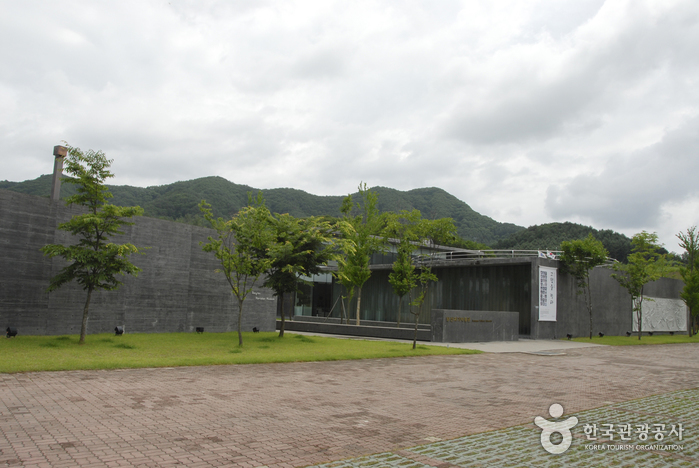
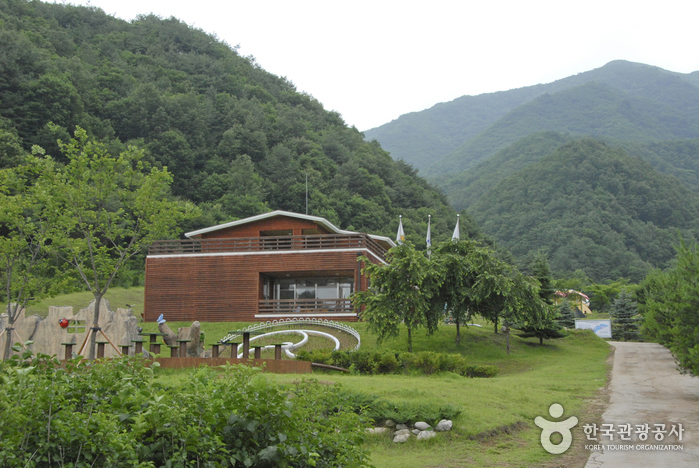
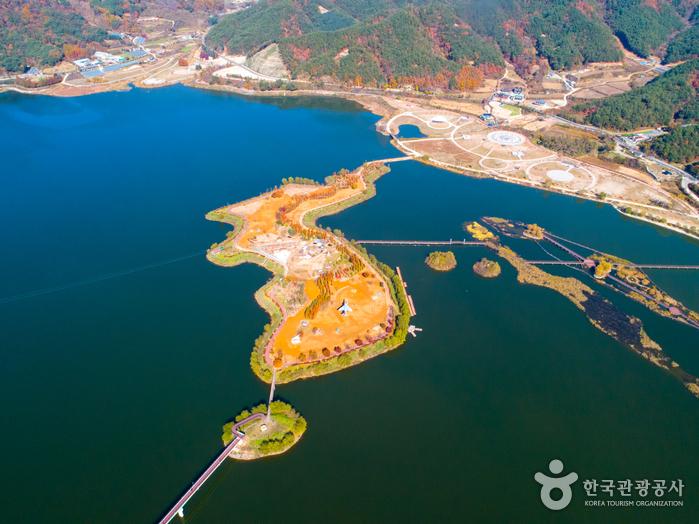
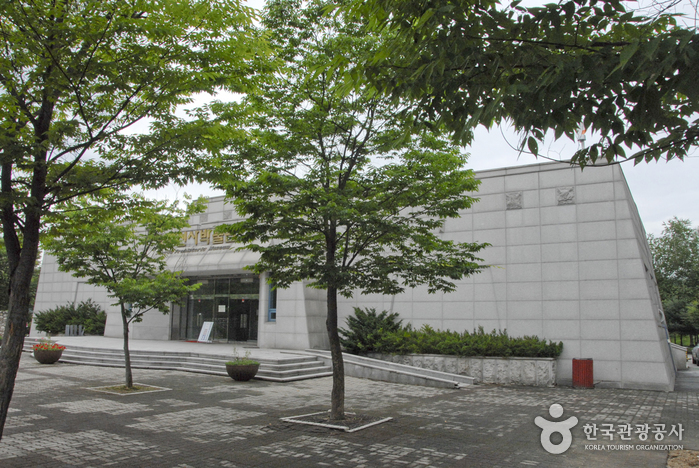
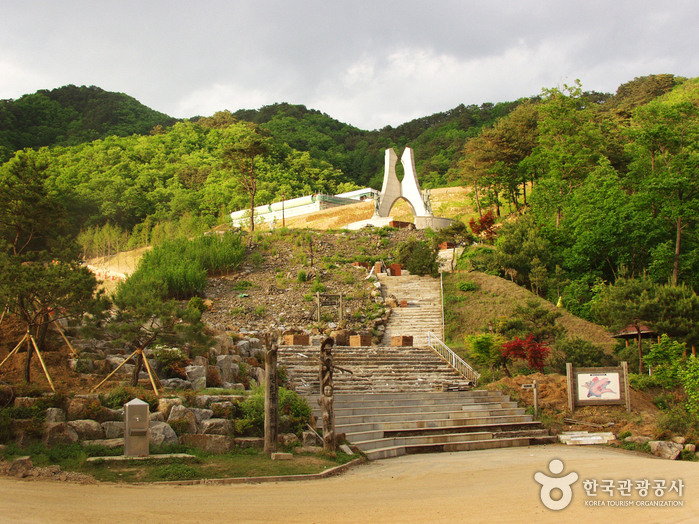
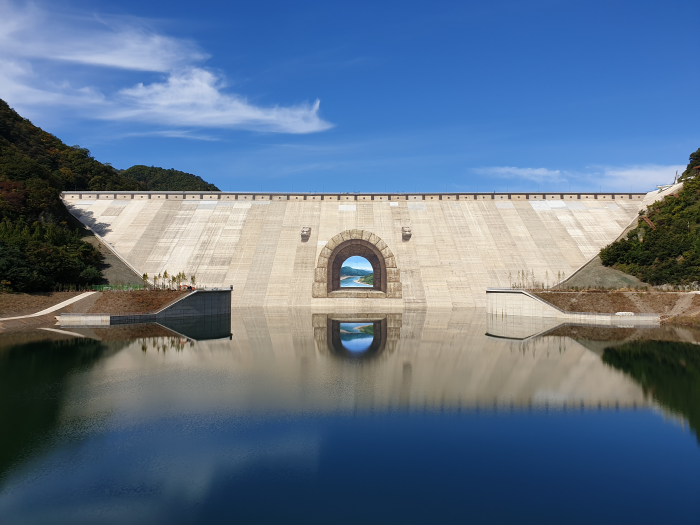
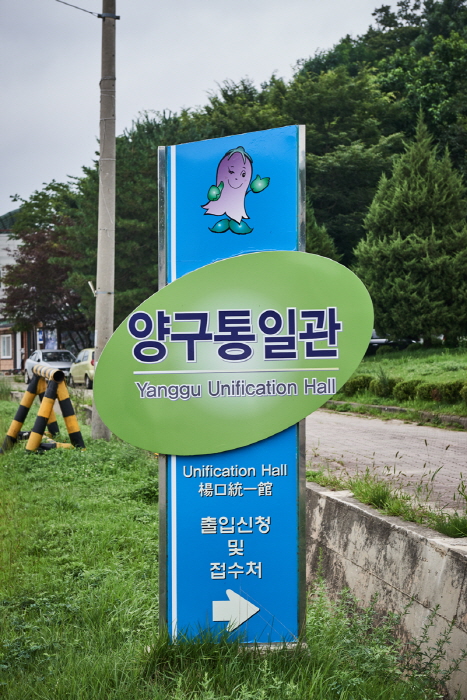
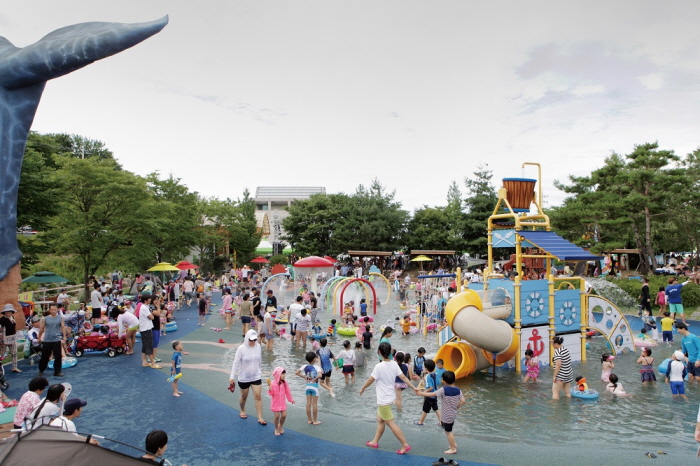
 English
English
 한국어
한국어 日本語
日本語 中文(简体)
中文(简体) Deutsch
Deutsch Français
Français Español
Español Русский
Русский